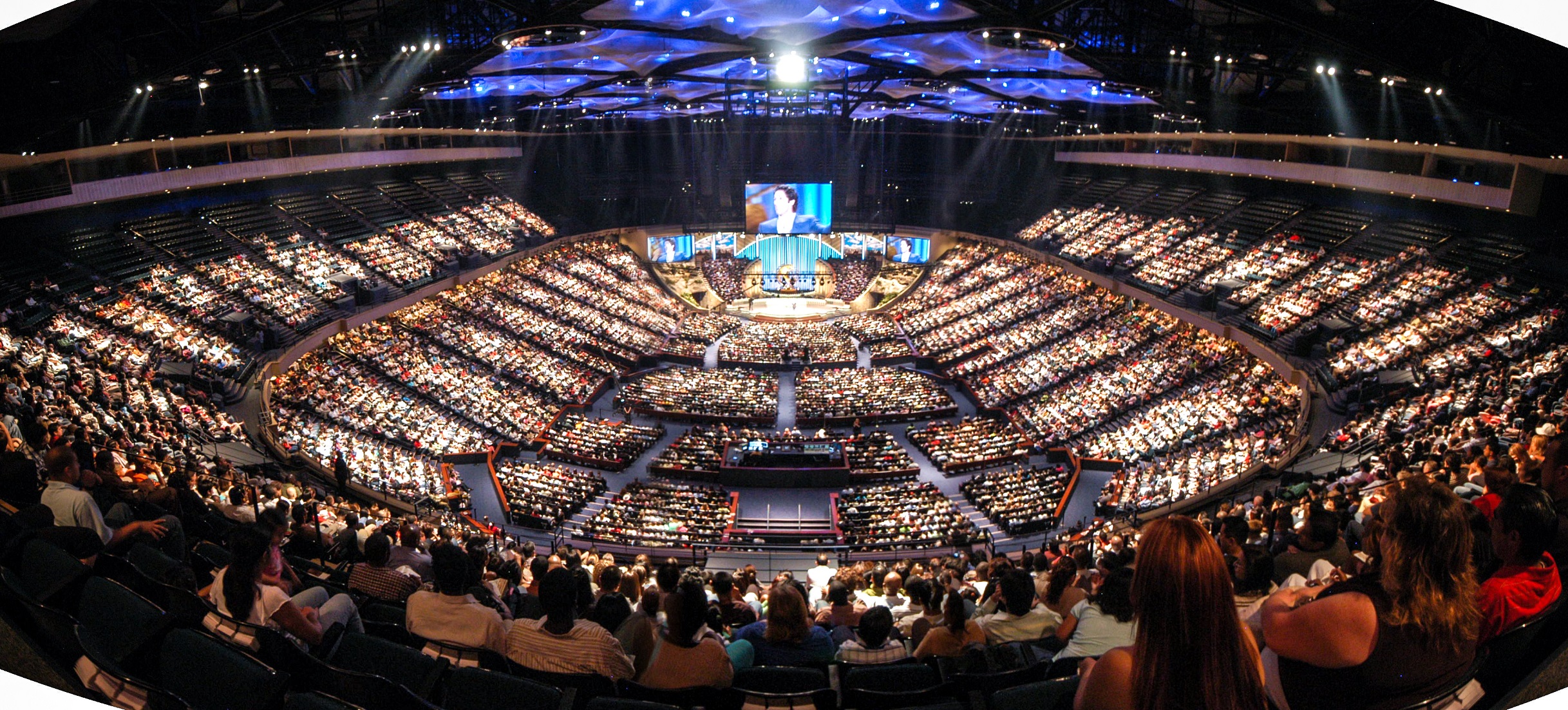Delving into the Annual General Meeting

Dancing, Drama and Democracy
Article last updated 15 January 2025.
A family friend recently asked me at a party what I did for a job. I told him I worked in a stewardship team. My role was to look after proxy voting, which involved casting ballots at AGMs. He looked at me perplexed, visibly wondering whether it was worth asking another question – or whether that would leave him even more puzzled. Eventually, he bravely ventured a follow-up: “What happens at an AGM?”
First of all, I should spell out what this abbreviation stands for: ‘annual general meeting’. It’s the one occasion of the year when shareholders get to use their votes to express approval or disapproval of the way a company is run.
Many of these AGMs are in what’s known as ‘the proxy voting season’: April to June. Rathbones Group voted at close to 500 AGMs during the 2024 season. The word ‘proxy’ is there because the bulk of votes are cast by institutions – like Rathbones – as a proxy on behalf of their clients. In other words, clients are entrusting us with the duty to vote in line with their best interests. In fact, this is nearly always done ahead of the AGM, by submitting electronic forms.
Our stewardship team talks about voting every day. It’s one of Rathbones’ four responsible investment pillars. Even if we’re not actually casting a vote on that day, we’re talking about how we should do so in the future – or how we might follow up a vote we’ve made in the past, through engaging with a company. ‘Engagement’ is another of our responsible investment pillars. (The other two are ‘ESG integration’ – incorporating environmental, social and governance issues into our investment decisions – and ‘Transparency’.)
WOODSTOCK FOR CAPITALISTS
I should make a confession at this point: the vast majority of AGMs are very routine events – to the point where they can often appear formulaic. All the same, I could have excited my family friend by highlighting the drama of some AGMs – akin to something from a film.
For instance, if you’re at the Berkshire Hathaway AGM, you’ll be joined by 30,000 other shareholders, keen to see Warren Buffett, Chair, CEO and arguably modern history’s most successful investor, in an atmosphere often likened to a music festival. Not for nothing is the US conglomerate’s AGM described as ‘Woodstock for Capitalists’, in homage to the iconic 1969 music festival.
The AGM of US electric vehicle company Tesla is, if anything, even more of a super-fan experience. The best dancing days of the nonagenarian Buffett are probably behind him, but Tesla’s 2024 AGM began with its somewhat younger boss Elon Musk dancing (in a rather rudimentary way) onto the stage to the acclaim of adoring fans (i.e. shareholders). It reminded me of the highly theatrical entrance of a WWE wrestler.
The Shell AGM is, in its own way, equally performative – but with a very different kind of audience participation. The company’s portfolio of energy assets is still overwhelmingly in oil and gas. This usually makes the AGM a fiery affair, with climate activists disrupting proceedings to draw attention to a rapidly changing climate, before being escorted (or, for the more recalcitrant, carried) out by security guards.
MORE THAN RAZZMATAZZ
If it’s all about razzmatazz, why bother to vote?
This is, in fact, a way of taking full advantage of the ownership rights that come when we buy shares in a company for our clients. We use these rights to influence corporate behaviour and generate change for the better at the companies we invest in. We do this by voting to approve or oppose a company’s approach to environmental or social issues, and to its corporate governance – the system of rules, practices and processes in place to manage and control the company. In other words, the AGM is shareholder democracy in action.

Solon, one of the founders of Athenian democracy, and friends; the modern-day AGM is shareholder democracy in action
Turning this on its head, not voting on material issues would mean we were falling short of our duty to clients. It’s easy to forget that the AGM itself is actually an intensely practical phenomenon.
Let me give a few examples. We can vote against the re- election of the company’s Chair if we think the business isn’t doing enough to fight climate change by reducing its emissions. More positively, we can vote to approve the pay policy for senior management if we think their pay is appropriately linked to how well they’re doing their job.
We may also support what are called ‘shareholder resolutions’. These are proposals put forward by other shareholders – often calls for more information. For example, in June 2024 we backed a resolution for Alphabet, Google’s parent company, to report on the risks of spreading false information through artificial intelligence.
The AGM isn’t the only forum available to us at Rathbones. We’re fortunate: we have stewardship specialists, who can press the company on issues away from the AGM, in letters, calls and less formal meetings than the AGM. But for many shareholders, this is often the sole occasion to convey their views to the company.
YOU HAD TO BE THERE…
Stewardship teams around the world do, admittedly, vote on hundreds or even thousands of companies’ AGMs remotely. But we think actually being there is important: sitting in the room with the directors who run the company makes it harder for them to avoid tricky questions you might want put to them. It’s also a way of holding directors to account in front of other shareholders.
With this in mind, in 2024 I went to several AGMs at companies listed on the AIM market for smaller UK companies. I was amazed at how few investors were there. At one AGM Rathbones was the only institutional investor, with the Chair telling me that until my appearance, larger institutional shareholders hadn’t attended the AGM in over five years! Another AGM only lasted seven minutes. It would only have been a mere four, without my three-minute statement on the importance of adopting high-quality reporting on the steps companies are taking to prevent modern slavery.
But because I was there in person in both cases, I could meet senior management and build invaluable connections with the directors. And I could start other shareholders thinking about crucial matters they were unaware of, to do with the company’s handling of ESG risks.
Of course, I do appreciate how busy institutional investors are. At the height of the proxy season, when they’re voting at hundreds of AGMs spread out across the country – and further afield – it’s little wonder that AGMs can be poorly attended in person. However, we believe turning up to them, even if to raise one question, vastly improves the quality of institutional investors’ interaction with a company. That’s because the Board and senior management are much more likely to pay attention to the issues raised.
Let’s imagine I could, like Superman in the 1978 film, turn back time. In that case, rather than the cursory reply I actually gave, I would tell my family friend that AGMs are occasions when shareholders can – particularly if they attend in person – encourage change within a company. They can also make possible two-way learning: we share our thoughts on how the company could be run better, and we learn more about how it is being run. When the process works well, it can improve the performance of companies we invest in. The insights we glean can also help us allocate our clients’ money to better companies (and away from worse ones).
Or maybe I could just fib and say I’m a professional footballer…




